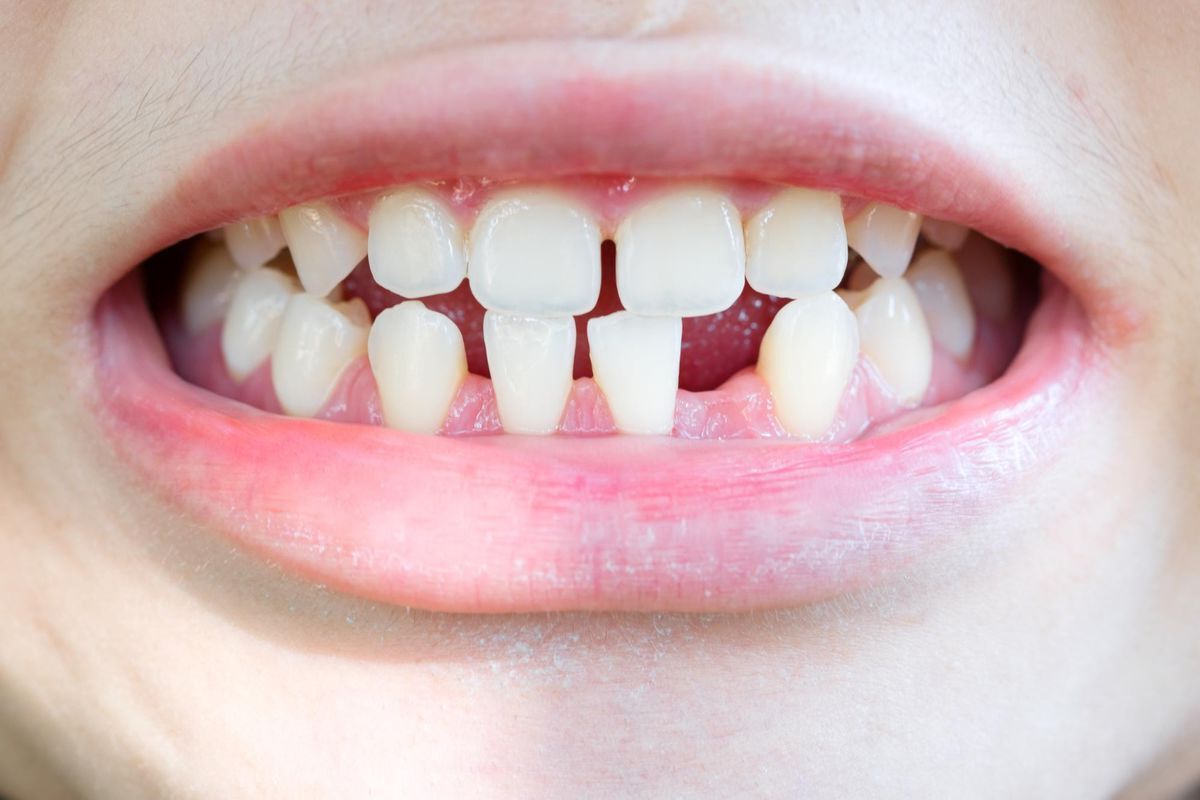
Microdontia, hypodontia, and short stature are three medical conditions that can significantly impact a person's life. Microdontia refers to teeth that are smaller than average, while hypodontia is the absence of one or more teeth. Short stature means a person is significantly shorter than their peers. These conditions can occur individually or together, often leading to unique challenges in dental health and overall growth. Understanding these conditions helps in recognizing their signs early and seeking appropriate treatment. This post will provide 25 intriguing facts about these conditions, shedding light on their causes, symptoms, and potential treatments.
Key Takeaways:
- Small teeth, missing teeth, and short stature can be part of genetic syndromes. Early evaluation and multidisciplinary treatment are crucial for managing these conditions effectively.
- Dental crowns, implants, and growth hormone therapy can help improve the appearance and manage the dental and growth issues associated with microdontia, hypodontia, and short stature. Regular check-ups and nutritional support are essential.
What is Microdontia?
Microdontia is a condition where teeth are smaller than average. This can affect one tooth or multiple teeth. It can be part of a syndrome or occur on its own.
- Microdontia often affects the upper lateral incisors and third molars.
- It can be classified into three types: true generalized, relative generalized, and localized.
- True generalized microdontia is rare and usually linked to conditions like pituitary dwarfism.
- Relative generalized microdontia happens when normal-sized teeth appear small due to a large jaw.
- Localized microdontia, also known as focal microdontia, typically affects a single tooth.
Understanding Hypodontia
Hypodontia refers to the absence of one or more teeth. It is one of the most common dental anomalies.
- Hypodontia can affect both primary and permanent teeth.
- It is more common in females than males.
- The most frequently missing teeth are the third molars, second premolars, and lateral incisors.
- Hypodontia can be associated with genetic syndromes like Down syndrome and ectodermal dysplasia.
- Environmental factors such as trauma, infection, or radiation can also cause hypodontia.
Short Stature Explained
Short stature means a height significantly below the average for a person's age and sex. It can result from various genetic and environmental factors.
- Short stature is often defined as a height below the 3rd percentile for age and sex.
- Growth hormone deficiency is a common cause of short stature.
- Conditions like Turner syndrome and Noonan syndrome can lead to short stature.
- Malnutrition and chronic diseases can also impact growth.
- Early diagnosis and treatment can help manage short stature effectively.
The Connection Between Microdontia, Hypodontia, and Short Stature
These conditions can sometimes occur together, often as part of a syndrome. Understanding their relationship helps in diagnosing and managing them.
- Microdontia, hypodontia, and short stature are often seen in syndromes like Russell-Silver syndrome and Williams syndrome.
- Genetic mutations can play a significant role in the occurrence of these conditions.
- Early dental and medical evaluations are crucial for children showing signs of these conditions.
- Orthodontic treatment can help manage dental issues related to microdontia and hypodontia.
- Growth hormone therapy may be beneficial for children with short stature due to growth hormone deficiency.
Treatment and Management
Managing these conditions requires a multidisciplinary approach involving dentists, orthodontists, and pediatricians.
- Dental crowns and veneers can improve the appearance of teeth affected by microdontia.
- Dental implants or bridges may be used to replace missing teeth in hypodontia.
- Regular dental check-ups are essential for monitoring and managing these conditions.
- Growth hormone therapy involves daily injections and regular monitoring by a pediatric endocrinologist.
- Nutritional support and addressing underlying health issues are vital for children with short stature.
Final Thoughts on Microdontia Hypodontia Short Stature
Microdontia, hypodontia, and short stature can significantly impact a person's life. Understanding these conditions helps in managing them better. Microdontia involves unusually small teeth, while hypodontia refers to missing teeth. Both can affect chewing, speech, and self-esteem. Short stature, often linked to genetic factors, can influence physical development and social interactions.
Early diagnosis and treatment are crucial. Dental interventions like braces or implants can address microdontia and hypodontia. Growth hormone therapy might help those with short stature. Support from healthcare professionals, family, and friends plays a vital role in coping with these conditions.
Awareness and education about these issues can lead to better outcomes. By staying informed, individuals and their families can make well-rounded decisions about treatment and support. Remember, everyone deserves a healthy, confident smile and a fulfilling life.
Frequently Asked Questions
Was this page helpful?
Our commitment to delivering trustworthy and engaging content is at the heart of what we do. Each fact on our site is contributed by real users like you, bringing a wealth of diverse insights and information. To ensure the highest standards of accuracy and reliability, our dedicated editors meticulously review each submission. This process guarantees that the facts we share are not only fascinating but also credible. Trust in our commitment to quality and authenticity as you explore and learn with us.
